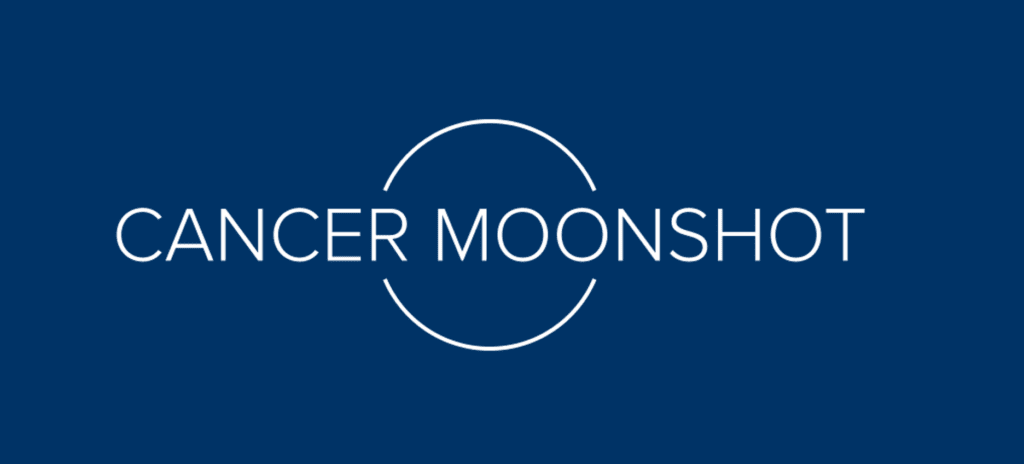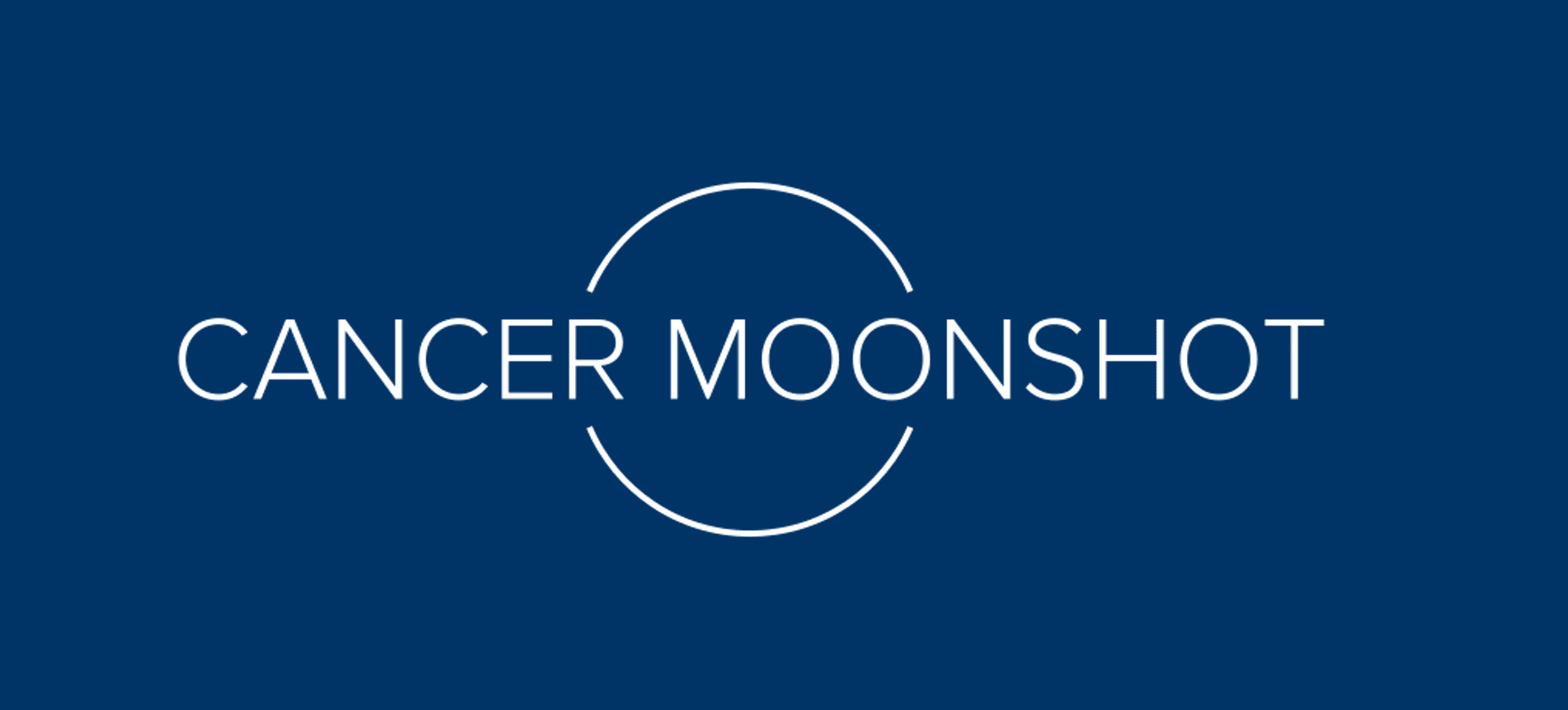The Biden administration is shooting for the moon when it comes to fighting cancer, which remains the second leading cause of death in the United States.
By Justin Chapman
The Biden administration is shooting for the moon when it comes to fighting cancer, which remains the second leading cause of death in the United States.
Last week, President Joe Biden invited a group of scientists, doctors, patient representatives, and political and government representatives, including cancer physicist Dr. Peter Kuhn, director of the Convergent Science Institute in Cancer (CSI-Cancer) at the USC Michelson Center on Convergent Bioscience, to the White House to help relaunch the Cancer Moonshot. The initiative aims to reduce the cancer death rate in the United States by 50% over the next 25 years.
“We certainly have some exciting times ahead of us translating a vision to a mission to improving patient outcomes through science,” Dr. Kuhn said. “Dr. Gary Michelson’s philanthropic support was a key part of why we got this far and how we will make progress going forward.”
Another USC cancer scientist, Dr. John Carpten, who directs the Institute of Translational Genomics at the Keck School of Medicine of USC and serves as chair of the National Cancer Advisory Board, was also selected to join the launch event.
Relaunching the initiative
President Biden led the first iteration of Cancer Moonshot when he served as former President Barack Obama’s vice president. The initiative is personal to the president, whose son Beau died of brain cancer in 2015. Dr. Kuhn was also part of that 2016 initiative and focused on a number of key initiatives such as patient data sharing, liquid biopsy, and remote monitoring of health performance, programs CSI-Cancer has pursued at the USC Michelson Center ever since.
“To accelerate bringing these technologies to the patient, we brought together all major competitors in the liquid biopsy space to work problems that are common for everyone,” said Dr. Kuhn, who is also a Dean’s Professor of Biological Sciences at the USC Dornsife College of Letters, Arts and Sciences. “Now, five years later, we have made substantial progress that of course directly aligns with the goals of this long-range Cancer Moonshot under the Biden administration.”
In addition to President Biden, First Lady Dr. Jill Biden, and Vice President Kamala Harris, the event included representation from the U.S. government’s Office of Science and Technology Policy (OSTP); various agencies such as the National Institutes of Health (NIH), the National Cancer Institute (NCI), the FDA, the CDC, and Centers for Medicare & Medicaid Services (CMS); members of Congress from both sides of the aisle; patient advocacy groups; members of the scientific research community such as American Association for Cancer Research (AACR) CEO Margaret Foti and American Society of Clinical Oncology (ASCO) CEO Clifford Hudis; a number of cancer care providers; and a select few scientists such as Dr. Elizabeth M. Jaffee from Johns Hopkins’ Bloomberg~Kimmel Institute for Cancer Immunotherapy.
“I’ve always been a huge proponent of using LA as a sandbox, a true representation of a global society. When you read through the factsheet of the Moonshot, it’s a call to action. It’s very much aligned with what Dr. Gary Michelson said in 2014: ‘The future of Los Angeles is in biotech and healthcare.’”
—Dr. Peter Kuhn
“As we learned from the pandemic, there’s a lot of digital home health that we can actually implement into routine care,” Dr. Kuhn said. “I’ve always been a huge proponent of using LA as a sandbox, a true representation of a global society. There’s a lot that we can develop and test out in LA itself. When you read through the factsheet of the Moonshot, it’s a call to action. It’s very much aligned with what Dr. Gary Michelson said in 2014: ‘The future of Los Angeles is in biotech and healthcare.’
“This should be an enabling moment for us to address health disparities in the community with a completely new generation of health care delivery where we bring care to where the patient is. Have we learned from the pandemic that public health and health itself is actually important? This is what gets us to the conversation around cancer prevention and early cancer detection.”
President Biden has yet to announce who will serve on the Moonshot’s task force.
“There are a couple of things that will happen next,” Dr. Kuhn said. “It’s always important to recognize that the White House is a platform, not a funding agency. The Cancer Cabinet is going to be initiated through the White House task force. That task force will be run within the framework of OSTP and there will be a Moonshot Summit coming up in the next couple of months. For us in LA, it’s a fantastic opportunity. I think we can come together through our private funders and work with the White House initiative again as a platform to move forward because that is what in the end it comes down to, working together to deliver new solutions that help the entire population.”
‘Absolutely doable’
So is cutting the death rate of cancer by 50% in 25 years actually achievable?
“It’s absolutely doable,” Dr. Kuhn said. “Think of where we are today, relative to five years ago. It’s amazing if you think about it. Some of it had to do with the Obama Moonshot, just energizing everybody and really thinking about some very concrete goals. When then-Vice President Biden established the goal of making 10 years’ worth of progress in five years, it just pushes everybody to think about patient benefit. That thought process is so much more of a common topic today in science than it was five to 10 years ago.”
He said scientists and doctors are confident about their ability to treat the “middle” part of cancer, the cancer that’s big enough to be diagnosed and treated with reasonable success. We are still failing those patients that suffer from relapsed cancer, the late stage of the disease, and we still have no clear path on how to treat the very early forms of cancer appropriately.
“Most patients today have a really long survival,” he said. “The number of treatment choices today provide real survival benefit and allow for multiple lines of therapy. If one therapy fails, there is most of the time a follow-on therapy available. In the past, we might have had one targeted therapy followed by chemotherapy but today, we can be so much smarter about using the many drugs that are available for cancer care.
“Dr. Gary Michelson’s philanthropic support was a key part of why we got this far and how we will make progress going forward.”
—Dr. Peter Kuhn
“Now you really have the opportunity to think your way through that sequencing of drugs and matching them to the specific type and stage of cancer in the individual patient. A lot of this gets enabled by liquid biopsy, characterizing cancer with a simple blood draw. At USC, we have built some of the best solutions for this, but as I always say, it doesn’t matter whether it’s us or anyone else, all that matters is that we, as a community, deliver the necessary tools to use the liquid biopsy for treatment decisions because there’s simply no better way than with just a simple blood draw.”
While the liquid biopsy is also enabling us to find cancers earlier, one challenge is that not all cancers that are detected early proceed to become lethal. New innovation is required to figure out how to intervene at the earlier stages of cancer in a non-toxic way especially as some of these treatments might have to be tolerated for decades.
“You want to intervene prior to it becoming deadly, but how do you know that it’s going to become deadly? That’s complicated,” Dr. Kuhn said. “It’s that research, the innovation around treatment pathways and personalized diagnostic pathways, that needs to take place. These are some of the biggest scientific challenges that we have to overcome to truly deliver on the promise of the Cancer Moonshot for all people.”


